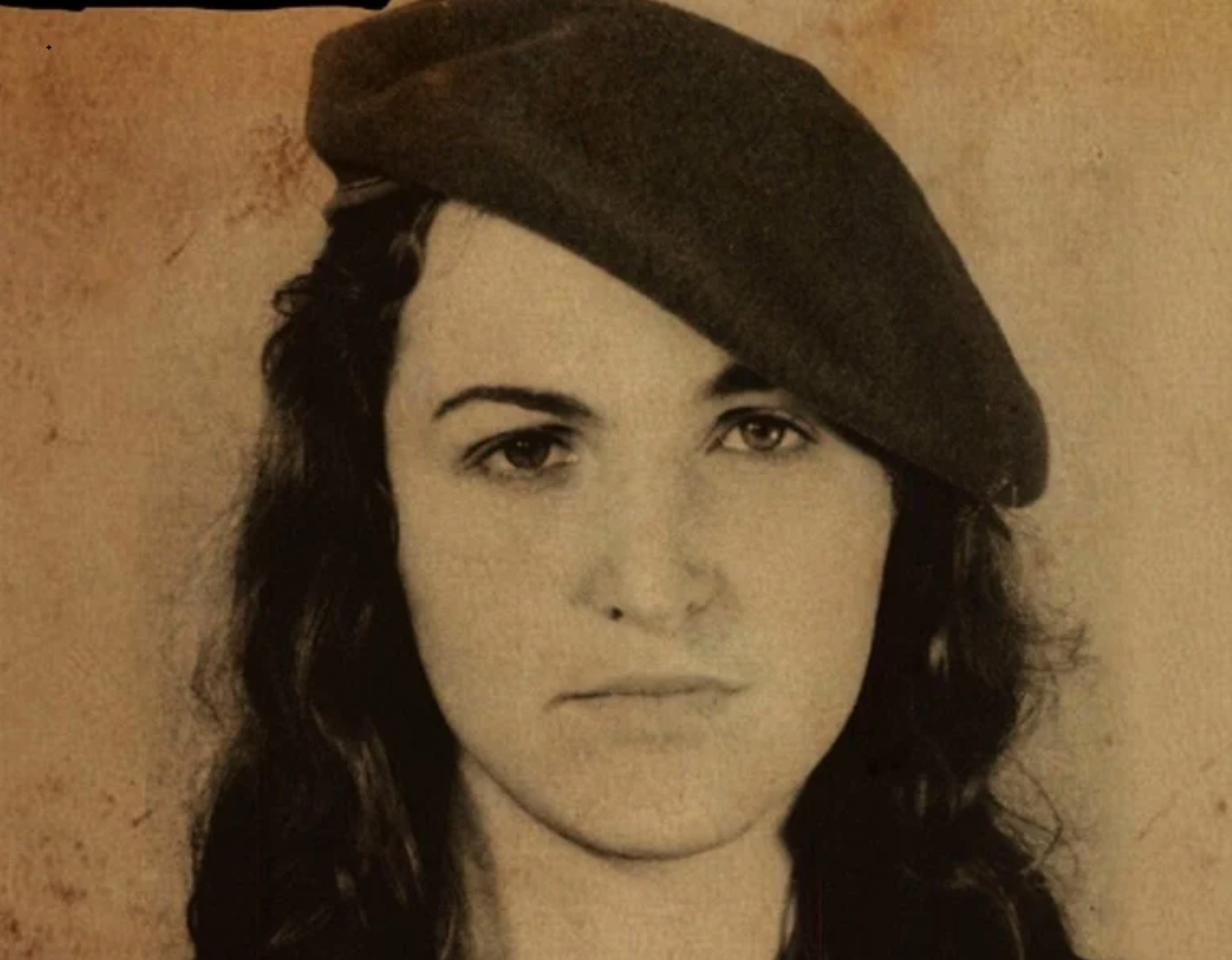
Tamara Bunke Bíder was born in Argentina on November 19, 1937. Her father was German and her mother Polish, they had fled Nazi Germany. On August 31, 1967, she became Tania; she died in combat with a group of guerrillas from the column commanded by Che Guevara.
“We arrived in Argentina babbling Spanish, we were learning the language on the boat,” said Nadia Bunke, Tamara’s mother. “We had relatives in Argentina, including my grandmother; those were our first relationships, then we met other German refugees, but above all my husband made the necessary contacts as soon as possible and obtained entry into the Argentine Communist Party. We continue to work clandestinely, now in Argentina; in that environment Tamara was born and raised.”
Tamara or “Ita” as she was called in the family, lived the first years in the neighborhood of Saavedra, and then moved to Corrientes and Pasteur, a typical neighborhood of the Jewish community. Ita attended her first studies at the Cangallo Shule School, a private school that had German as a second language.
Although her parents tried to prevent their children from handling too much information about their political activities – for security reasons – there was a communist atmosphere in their home. When Tamara began studying at the Normal School 9 she joined the Communist Youth Federation (FJC).
The journalist Isidoro Gilbert points out in his book La Fede that she was a collaborator of the magazine “Juventud”, organ of the FJC. In 1952, Tamara emigrated with her parents to the German Democratic Republic, being admitted to the Socialist Unity Party of Germany in 1955, at the age of 18. In East Berlin she studied at the Faculty of Arts of the Humboldt University, having also been a shooting sports instructor. There she met Che Guevara in 1960, when the Argentine traveled at the head of a commercial delegation of the Cuban revolutionary government.
“She had the idea that while in Cuba she was going to learn in depth about the Cuban Revolution and that this would serve her in her revolutionary work, which she imagined she would later develop in Argentina. If she thought and felt that her duty was to fight in Latin America, we had no right to hold her,” her parents said.
For the New Year’s Eve festivities of 1958 she writes a very melancholy letter where she says: “I am listening to Carlos Gardel singing some of our most beloved tangos, and you can imagine how nostalgic I feel”. But the link with Che and the Cuban Revolution changed her plans. Tamara Bunke decided to travel to Cuba, arriving in Havana on May 12, 1961. In this country she studied journalism at the University of Havana. She had learned to play the piano, although the guitar and accordion were her favorite instruments, with them she accompanied herself by singing.
On May 25, 1962, the Cuban Institute of Friendship with the Peoples celebrated the national day with an Argentine colony in Havana, in Río Cristal. Almost 400 people participated, including Cuban and Argentine residents, technicians, artists and guests. Che summarized the party, in which he spoke of the armed struggle in Latin America and made a historical analysis of Argentina. “This moment, repeated many times in the course of our lives, today has a special significance, a special tone and a special color. It is here in another country of America, in new conditions of America, where we celebrate once again the 25th of May, and this time the usual speeches are not heard and there is no well-known fanfare, the hollow words with which the rulers of the day always try to become co-participants in the glory of the old heroes (…) Let us think that we are part of an army that fights for its liberation in every part of the world where it has not yet been achieved, and let us prepare to celebrate another May 25, no longer in this generous land, but in our own land and under new symbols.”
Also present that day was the historic leader of revolutionary Peronism John William Cook, who was a member of the Argentine-Cuban Friendship Institute, who echoed Che’s speech, publicly assuming Guevara’s revolutionary call.
Tamara was later selected to be part of Ernesto Guevara’s revolutionary project. After her training in Cuba and Czechoslovakia, she was part of the advance guard to generate the conditions in Bolivia for the later guerrilla commanded by Che. In this highland country she operated clandestinely with a double personality. From that moment on, Tamara becomes “Tania”.
Her training partner in Czechoslovakia José Gómez Abad “Diosdado” in his book “Como el Che burlo a la CIA” describes her as “a cheerful, sentimental and romantic young woman. She dreamed, loved, and had beautiful illusions for a future; however, in herself, high goals prevailed, the fulfillment of the commitment made and the revolutionary duty.”
Tania along with 8 other guerrillas fell into an ambush by the Bolivian army at the ford of Puerto Mauricio. She belonged to the guerrilla rearguard group commanded by Ernesto Che Guevara, who would be assassinated very shortly after, on October 9, 1967.
After Tania’s death, fantastic stories began to spread, real slanders about her life. One of them is that she was Ernesto Guevara’s lover. Another falsehood is that she was a triple agent (German-Soviet-Cuban).
Over the years, her figure grows to become a reference and an example for future generations. Gómez Abad ends by saying in his book: “Tamara dreamed, fought for a better world and was consistent with her ideals until the end of her days. The seeds she sowed, years later, are seen reborn in her mestizo and exploited Latin America. That was her main work and the imperishable legacy she left.”
SOURCE: Aporrea